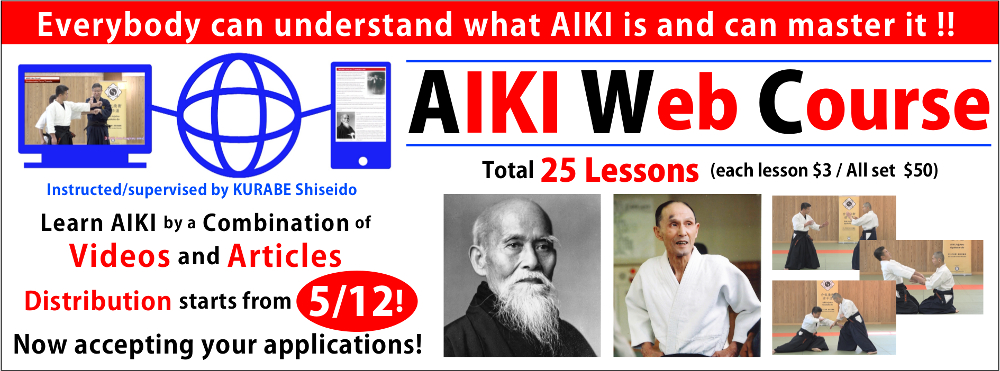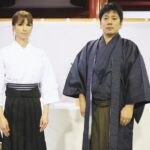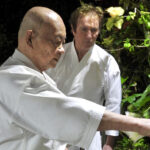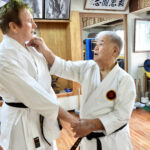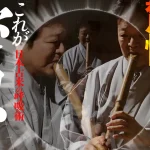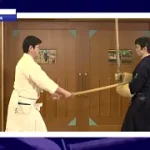What is KUDEN?
Since many Bujutsu (fighting systems) were established in Japan, teachers have used KUDEN to transfer the special deep knowledge to their selected students, such as their successors. The Japanese word KUDEN is translated as “verbally transferred knowledge”. For every RYUHA (style) they had special knowledge for almost all techniques and they did not leave this knowledge in writing to keep this knowledge confidential. The teachers taught this knowledge verbally, only to the selected students whom they thought they could trust. In this way they tried to keep the purity of their RYUHA and transfer it to future generations.
No-4 Sotomaki Nuki 外巻き抜き
This technique is a typical basic Jujutsu technique and it requires special know-how to utilize it in a practical way. Without understanding such know-how, this technique can never be used in a real situation. People cannot perform this technique correctly who only copy a real masters’ movement by just watching video, without receiving proper know-how.
Hereby, I will show how this Sotomaki Nuki technique is performed without correct know-how.
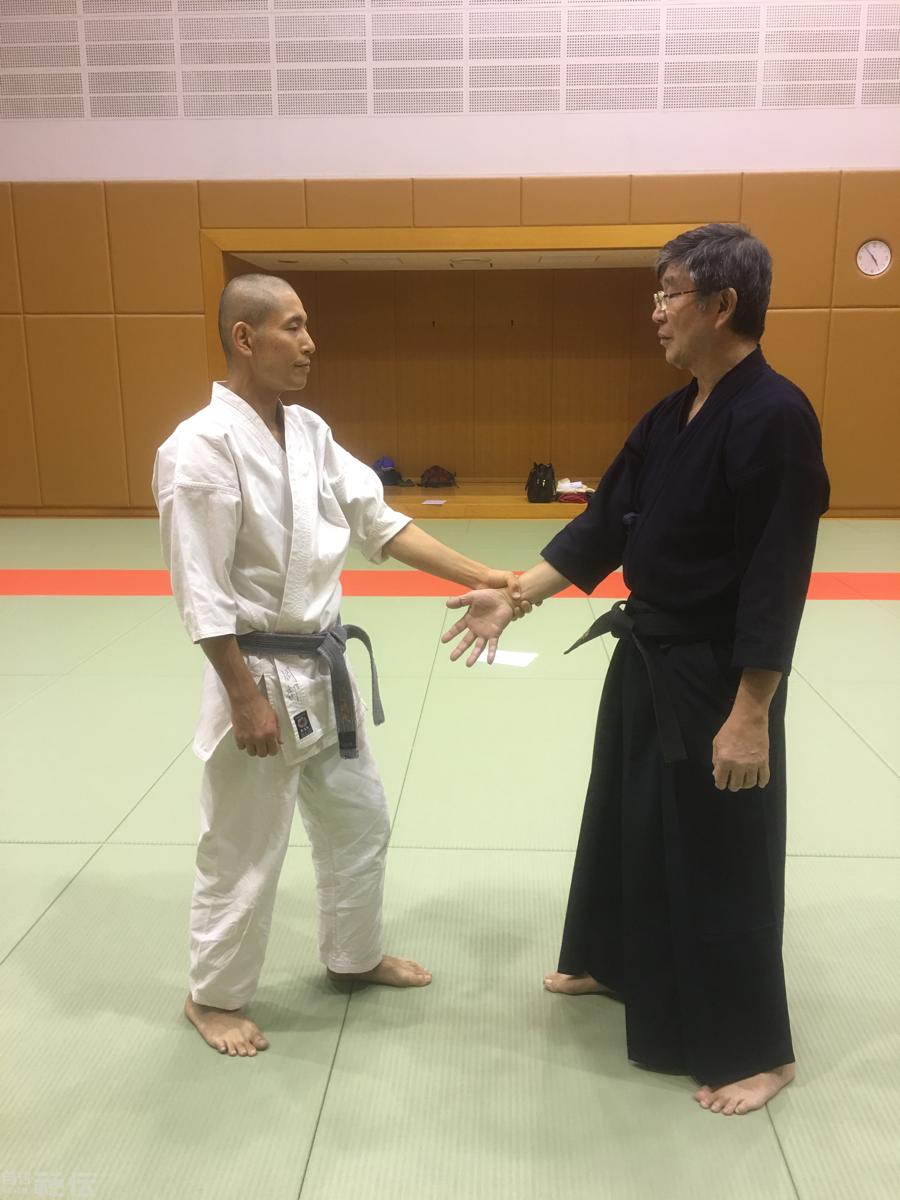
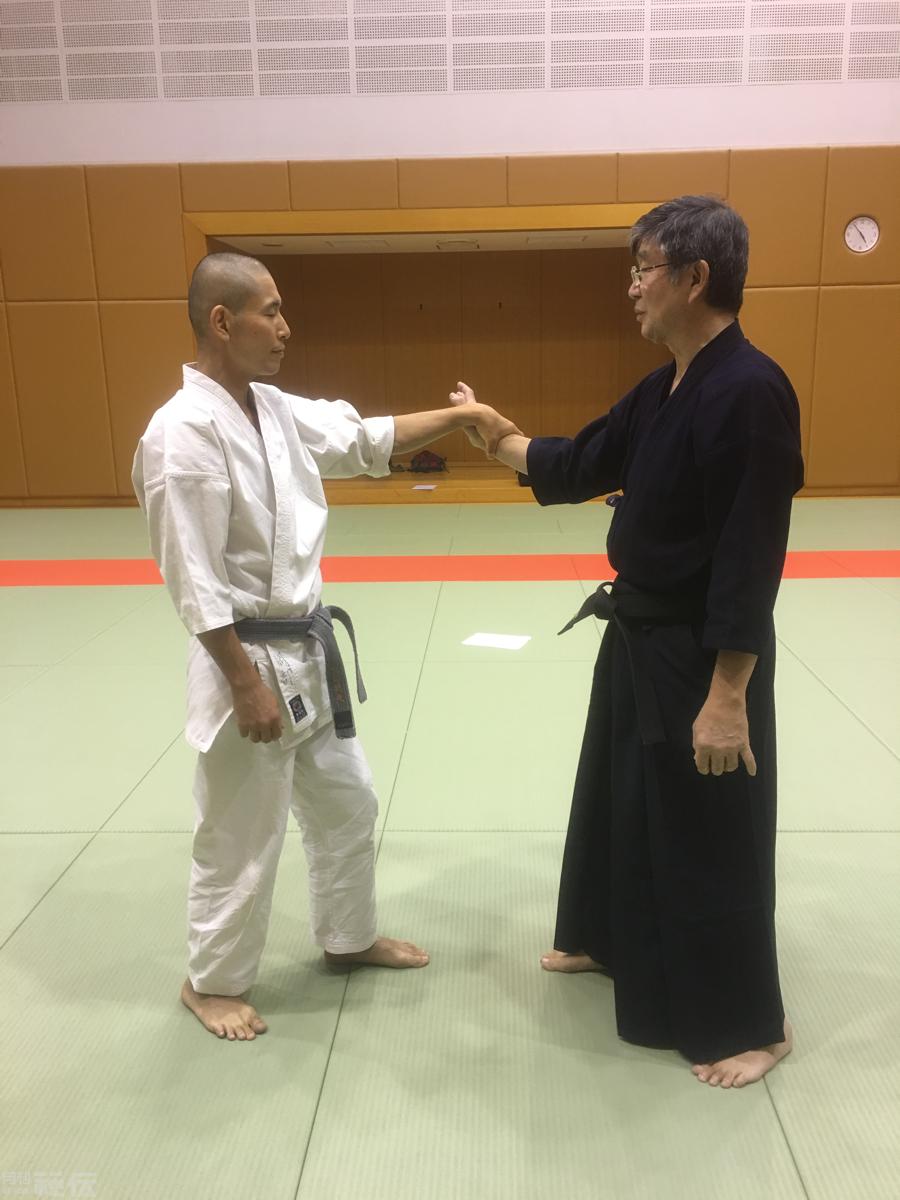
Fig-1 A (attacker) grasps D’s (defender’s) right wrist with his left hand (JYUN TORI).
Fig-2 D moves up their grasped right arm.


Fig-3 D rotates their right lower arm using the right elbow as the center of the circular rotation.
Fig-4 D releases their grasped right wrist using this rotation.These movements are often followed by various Fudo, or “controlling” techniques.
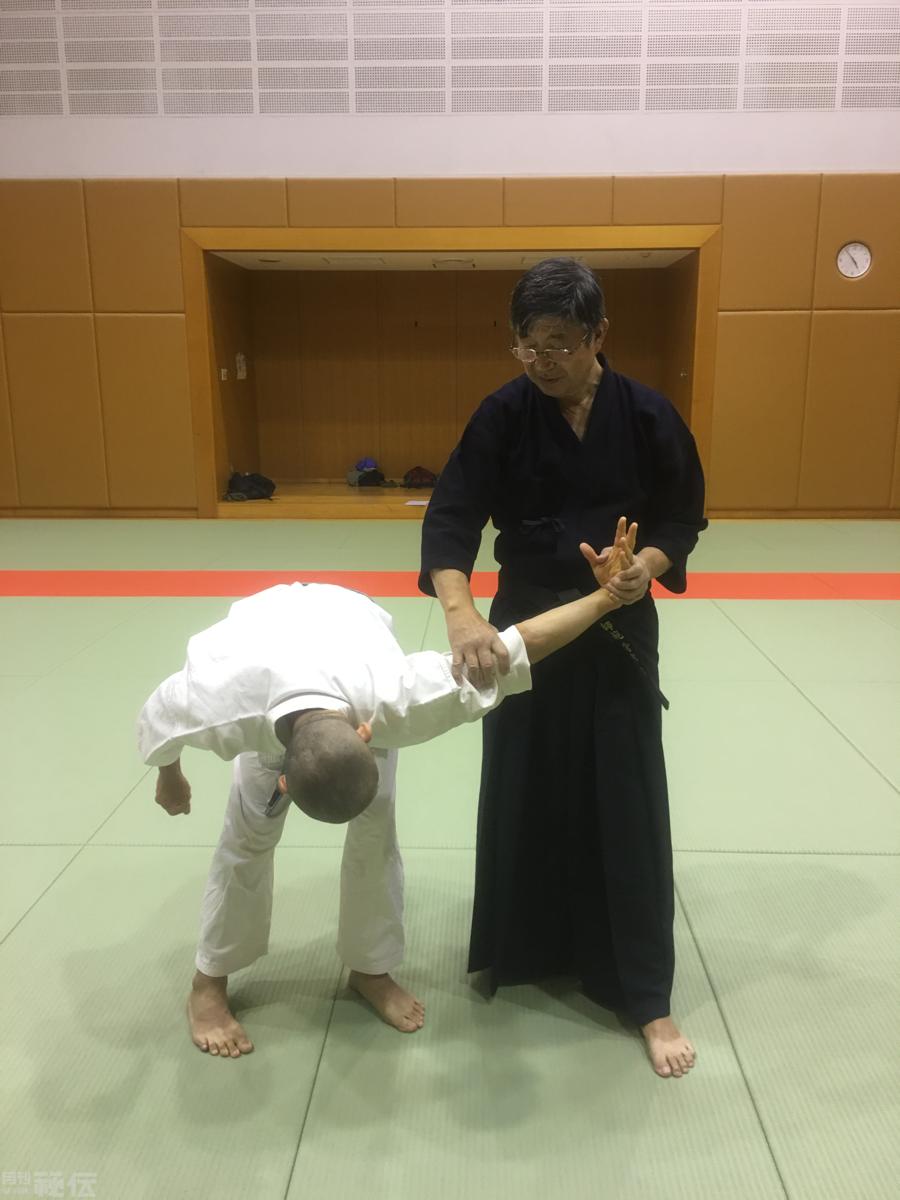
Fig-5 D catches A’s left hand in Gyakute (reversed-hand) and controls A using Kote Fudo.
Why this is wrong
In this case, if A holds D’s right wrist strongly D cannot move up his right hand/arm at all, as shown in Fig-.6. D can move up his grasped arm only by the specified know-how.
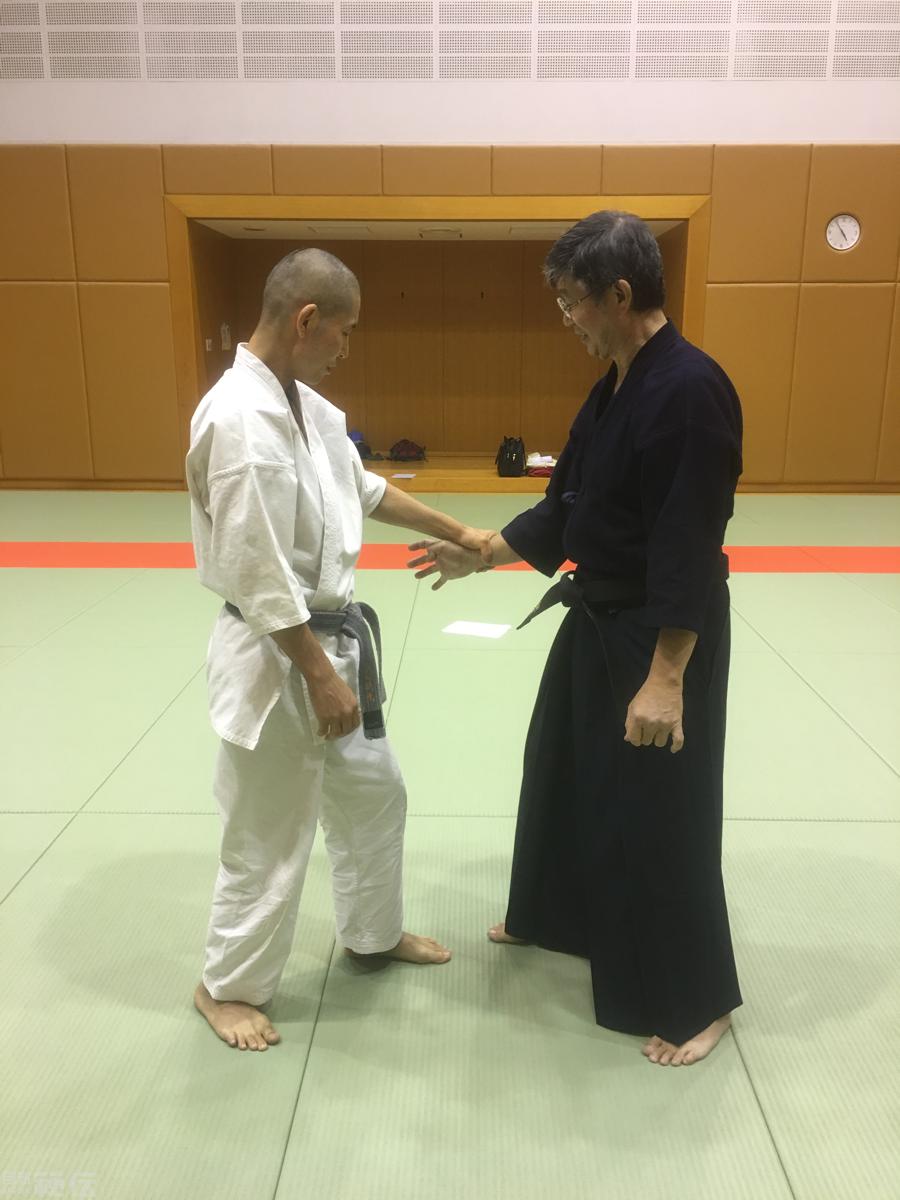
How to realise this Nuki (release)
D has to use sophisticated Taisabaki 体捌き (body movement) to move up his strongly grasped right wrist and arm.

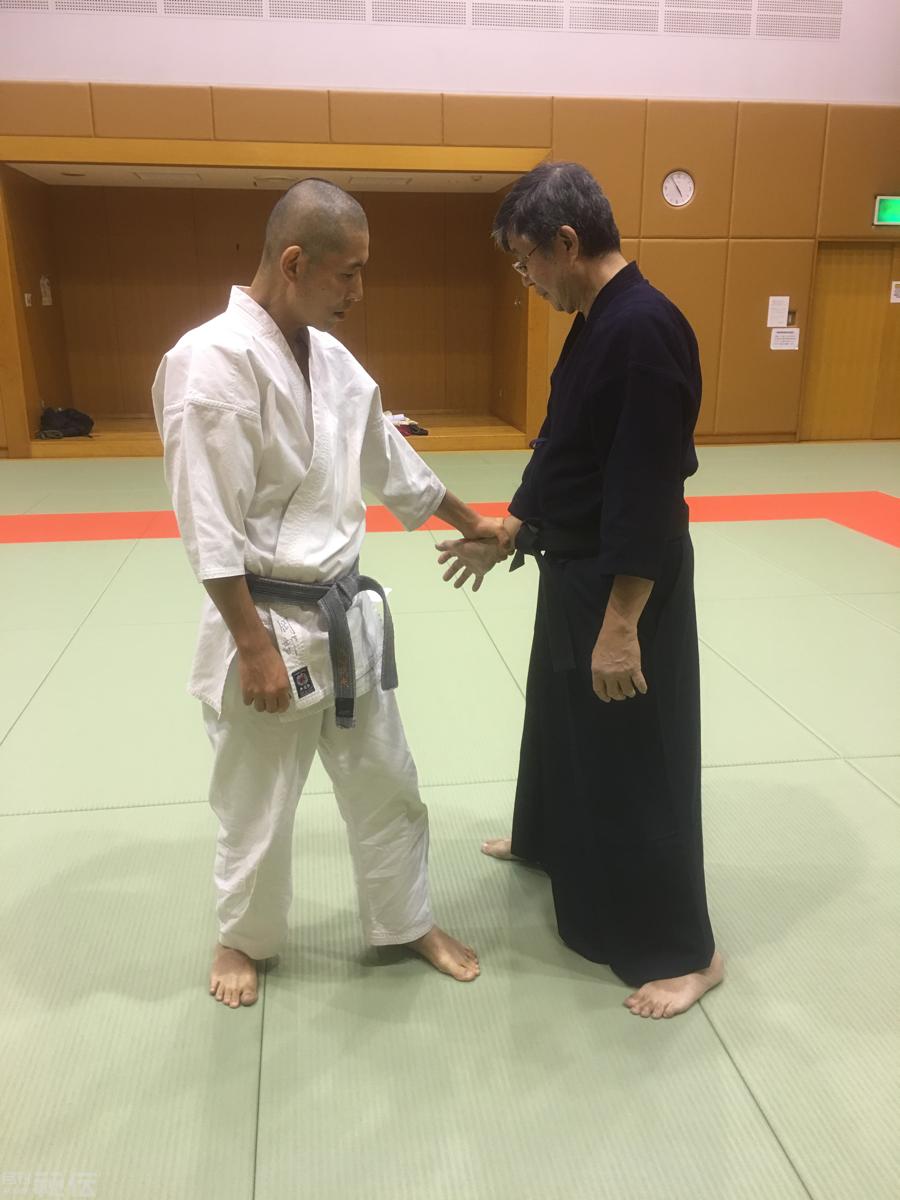
(1)Step further to the right with his right foot to A’s back left corner. Instead of stepping forward with the right foot, you can also step backward with the right foot which results in the same effect.
(2)Put his right arm close to his own right leg so that the right arm shall become one with his body.


(3)Not moving up the arm, but turn the whole body counter-clockwise together with the right arm.
(4)D can move up his right arm so that his right hand will rotate over A’s left wrist.
(5)D rotates his right lower arm from outside to inside using their elbow as the center of rotation.

(6)D catches A’s left hand in Gyakute (reversed-hand) and controls A using Kote Fudo.
How to rotate the right lower arm from out to in, using the elbow as the center of rotation is an important know-how.
You need to use sophisticated body movement (TAI SABAKI) to realize this motion. You should use your lower body movement to strengthen this rotation as shown in the photos below.

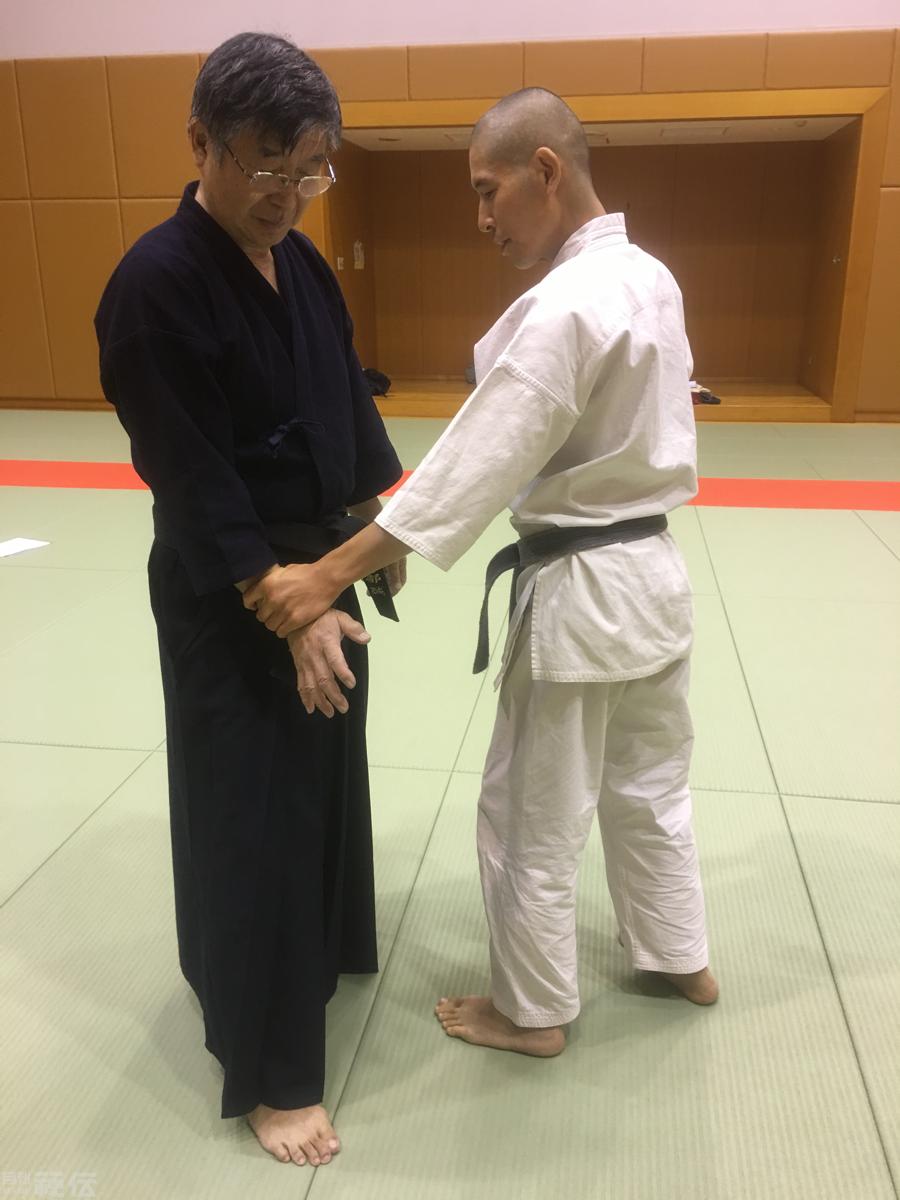
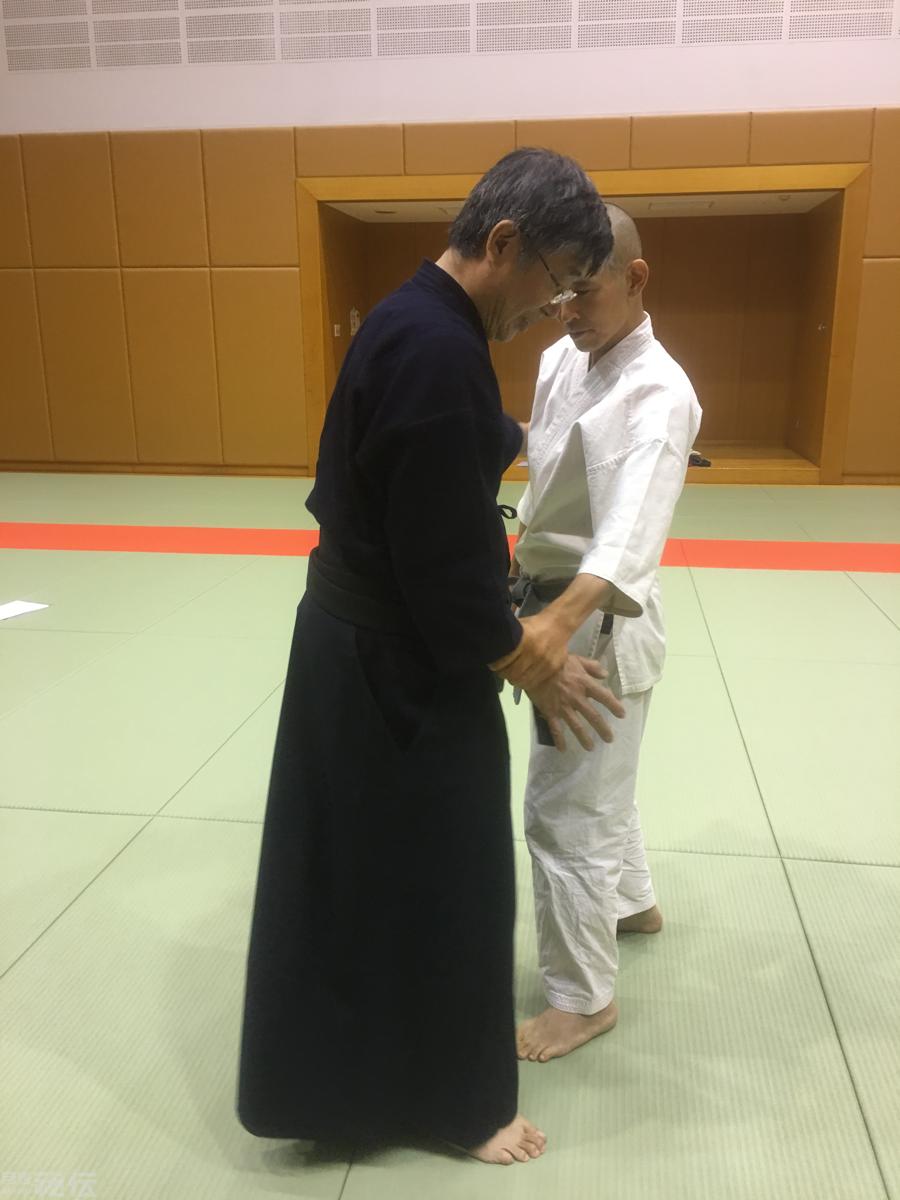
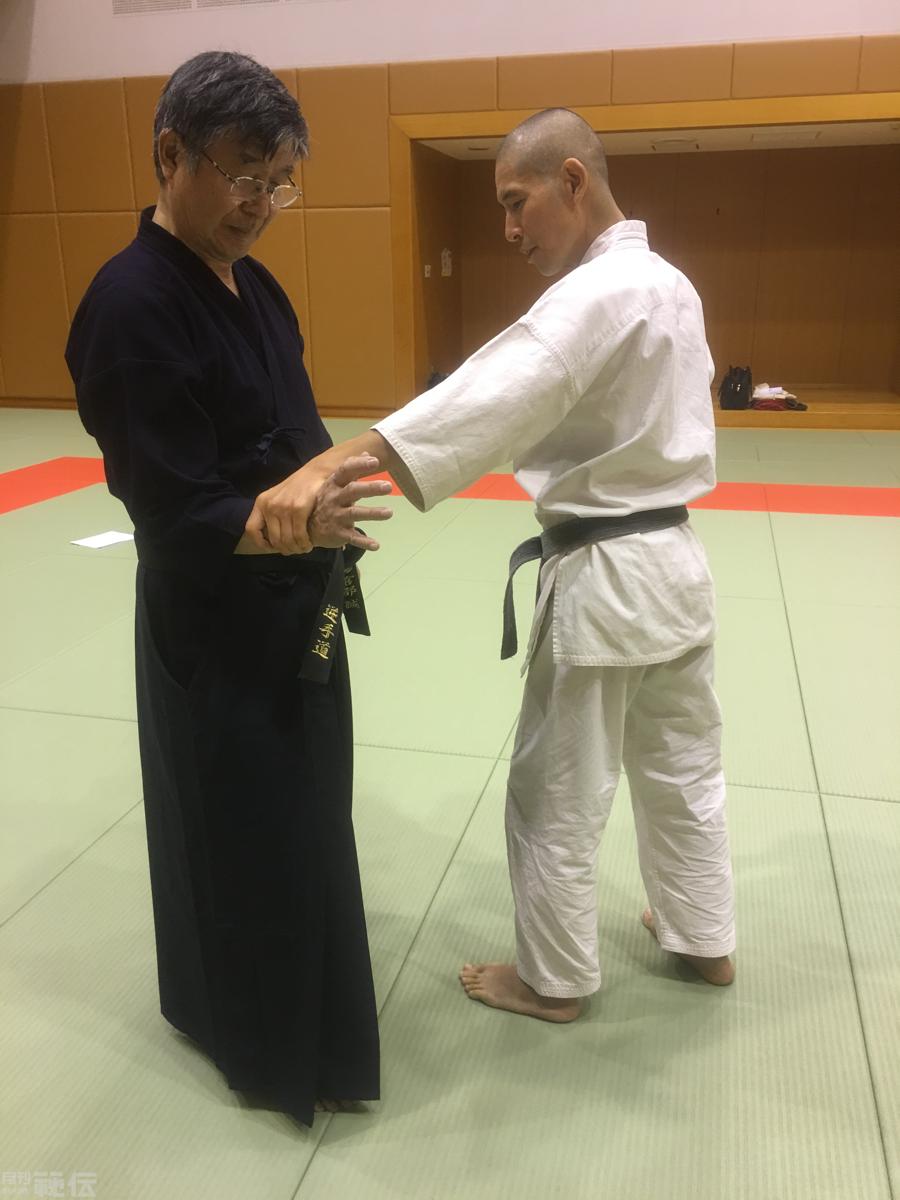
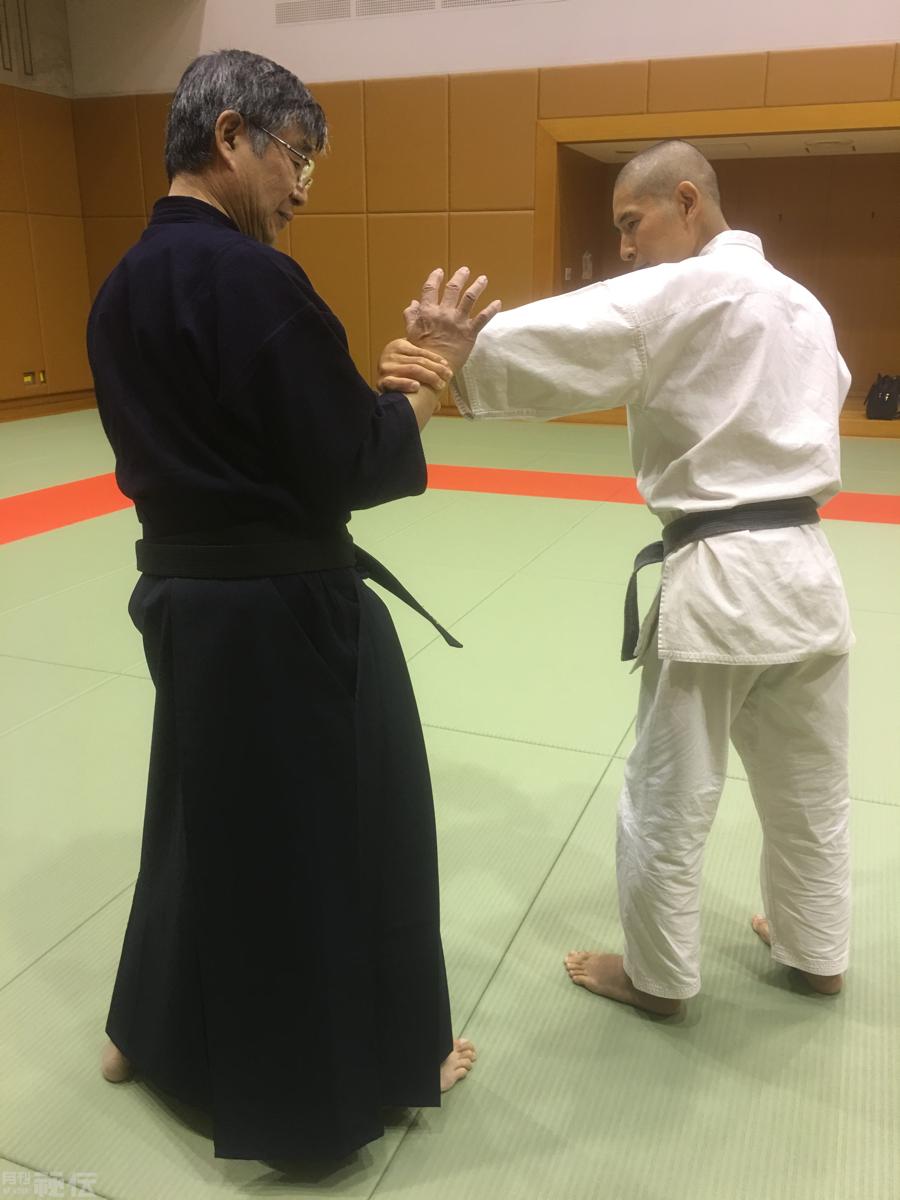
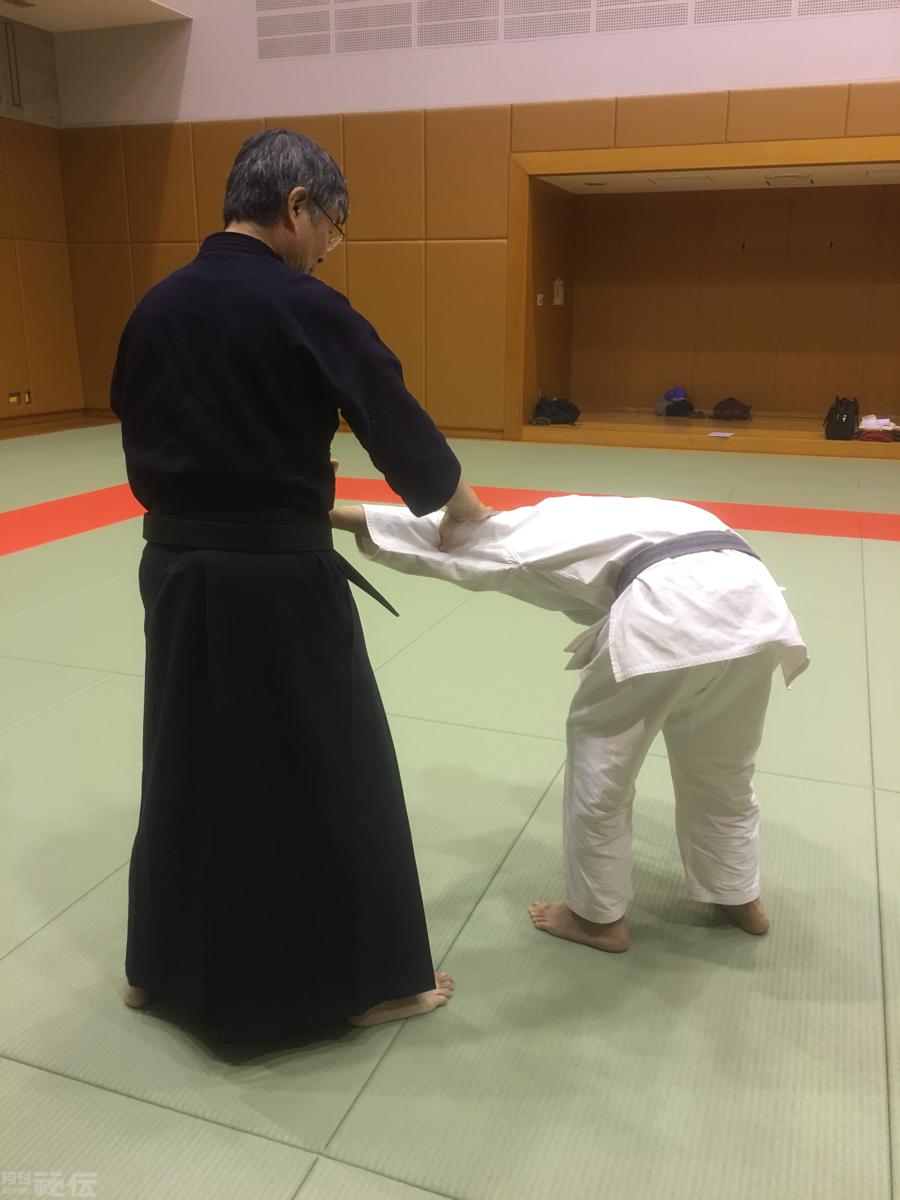
Move up the right hand/arm with upward circular hip motion.
Acknowledgements:
English edition :Gyakute-do Indianapolis (U.S.A.) branch Andrew Bryant sensei, representative of Shinwakan Dojo http://www.indianapolismartialartscenter.org/
Participants:Gyakutedo Kashiwa Honbu Dojo 岡部 武央師 Okabe Takehisa sensei as Uke
Place : Kashiwa Shonan Taiikukan Chiba, Japan
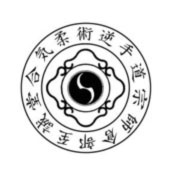 6 November 2017 Makoto KURABE – SHISEIDO
6 November 2017 Makoto KURABE – SHISEIDO
Representative, 2nd Soushi of
AIKI JUJUTSU GYAKUTE-DO
website: www.gyakutedo.org/wp
mail: apply@gyakutedo.org
 Kurabe Makoto Shiseido
Kurabe Makoto Shiseido
Born in 1950. When he was in his 30s, he began learning Gyakute-do Jujutsu, which was derived from Hakkoryu Jujutsu in the 1970s. Just before reaching the age of 40, he moved from Japan to The Netherlands and continued to master and develop Gyakute-do. In October of 2013, after adding the system of Aiki-Jutsu that he developed himself, he transformed Gyakute-do into Aiki-Jujutsu Gyakute-do, and became 2nd Soushi, grand master, of Gyakute-do. After retirement, he left The Netherlands and began promoting Aiki-Jujutsu Gyakute-do both in Japan and in Poland as his main pursuit. He is also teaching his Gyakute-do to Budo fan in the world via corresponding course.
At the starting of AIKI Web Course
Cooperating with BAB Japan Co., Ltd., hereby I start AIKI Web Course in order to realize my long-standing desire to let as many as martial arts fans all over the world have the correct knowledge of AIKI and learn how to practice AIKI.
This course consists of
Part 1 as introductory articles, I explain a wide range of knowledge about what AIKI is, which contains 6 lessons.
Part 2 as main articles, for beginners/intermediate level, I explain how to practice AIKI to master. It contains 24 lessons.
The each lessons will be uploaded on BudoJapan website one by one every week.
I hope as many people as possible will be interested in AIKI and become able to practice it by following this course.
AIKI Web Course 25 Lessons
-
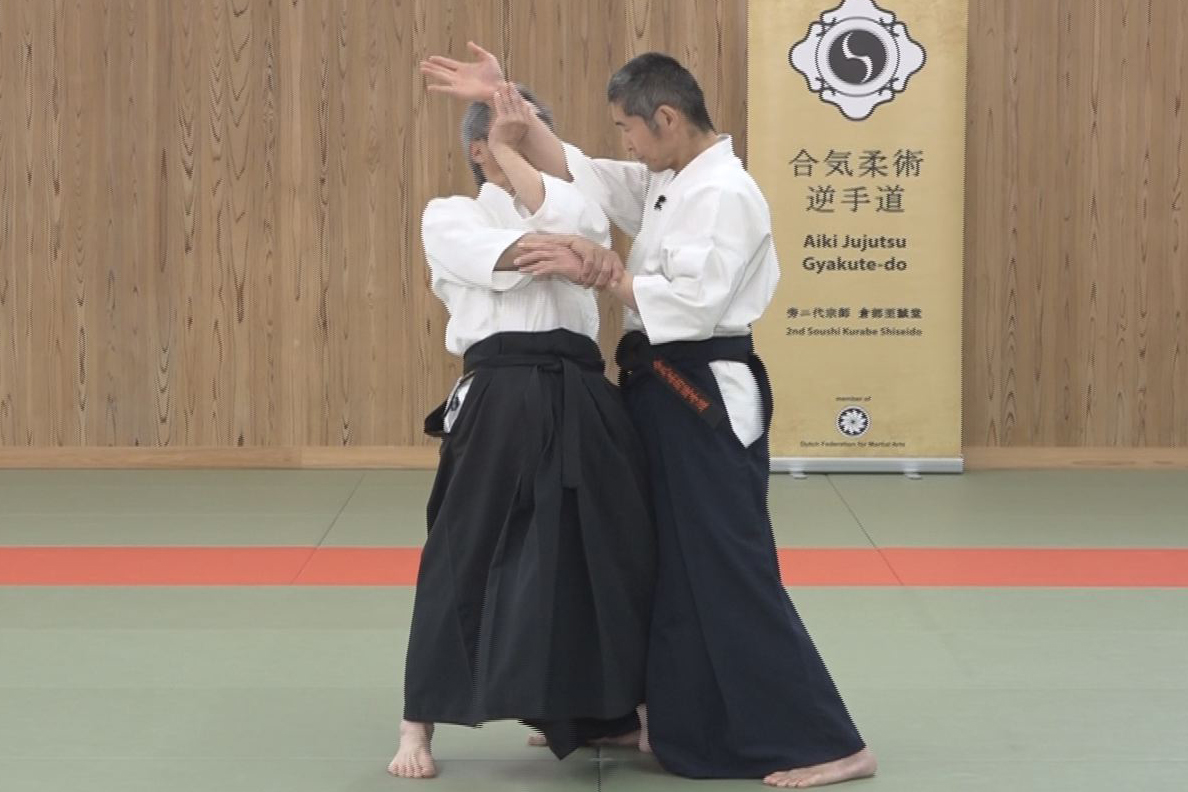
【AIKI Web Course Part 2】Lesson 24 With Comb. of Different Methods #2
-
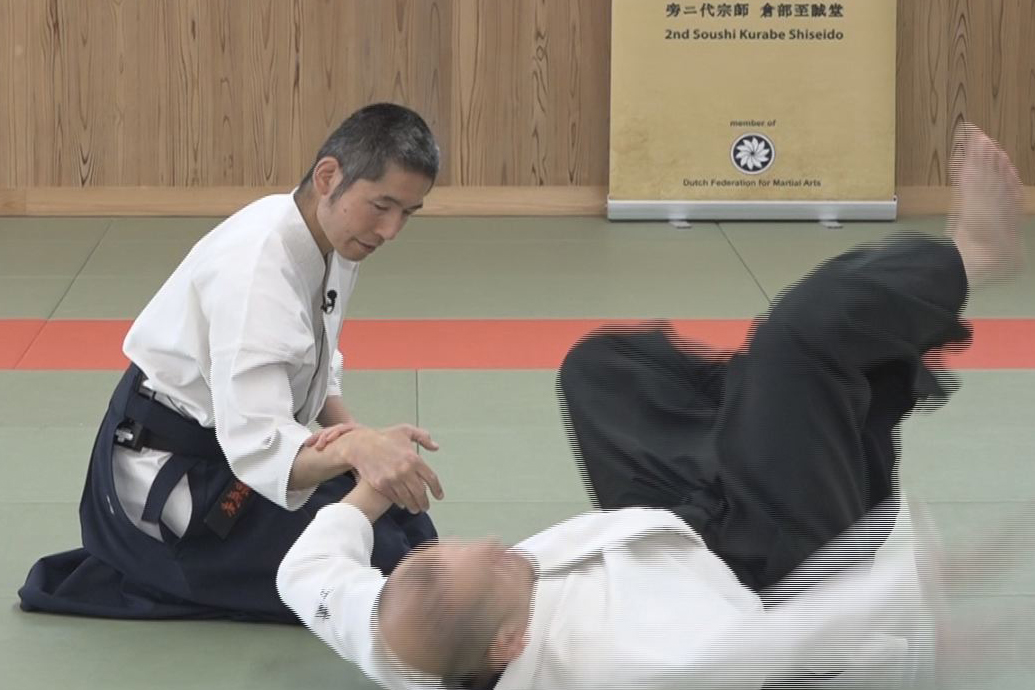
【AIKI Web Course Part 2】Lesson 23 With Comb. of Different Methods #1
-

【AIKI Web Course Part 2】Lesson 22 Advanced Tech. using F. E. method #2
-

【AIKI Web Course Part 2】Lesson 21 Advanced Tech. using F. E. method #1
-

【AIKI Web Course Part 2】Lesson 20 Advanced tech. using T. F. T. #2
-
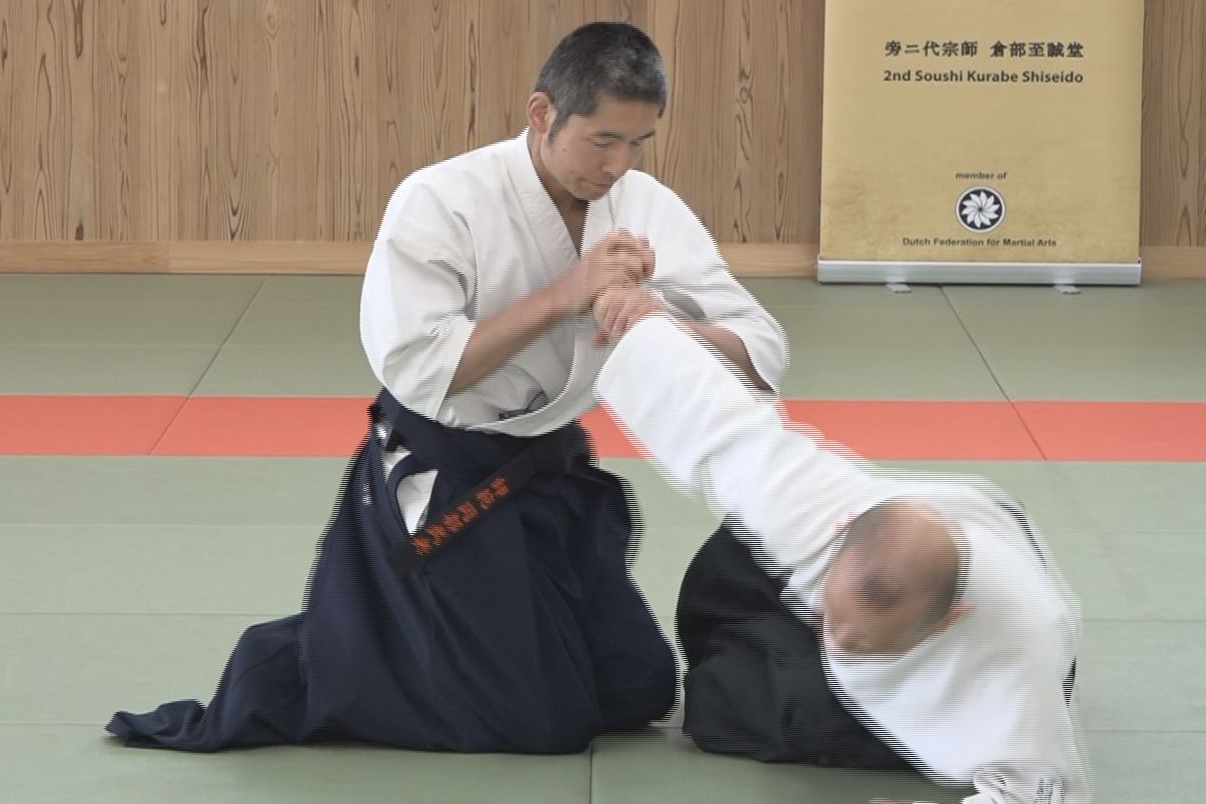
【AIKI Web Course Part 2】Lesson 19 Advanced tech. using T. F. T. #1
-
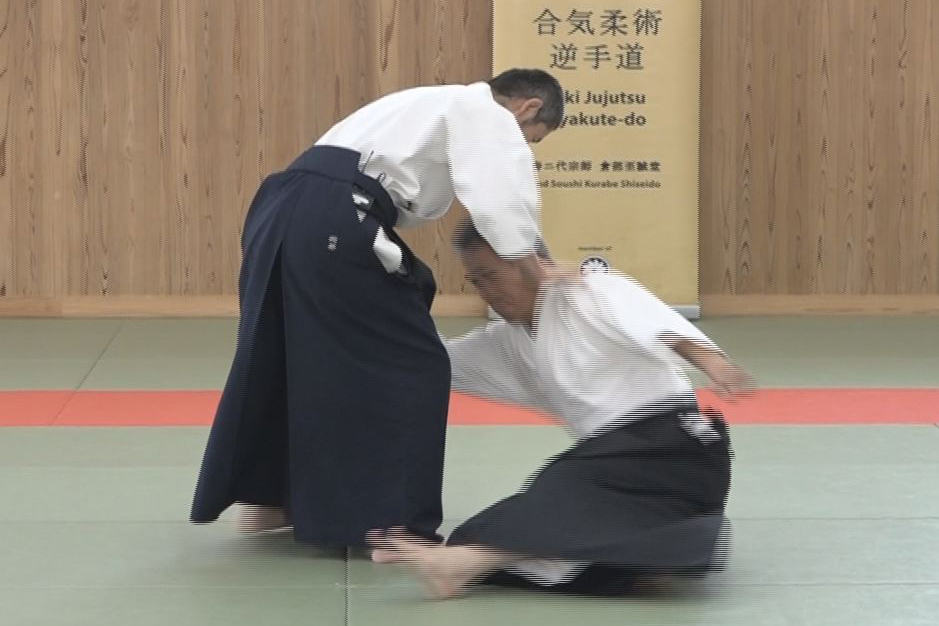
【AIKI Web Course Part 2】Lesson 18 Advanced tech. using AIKI Contact #2
-
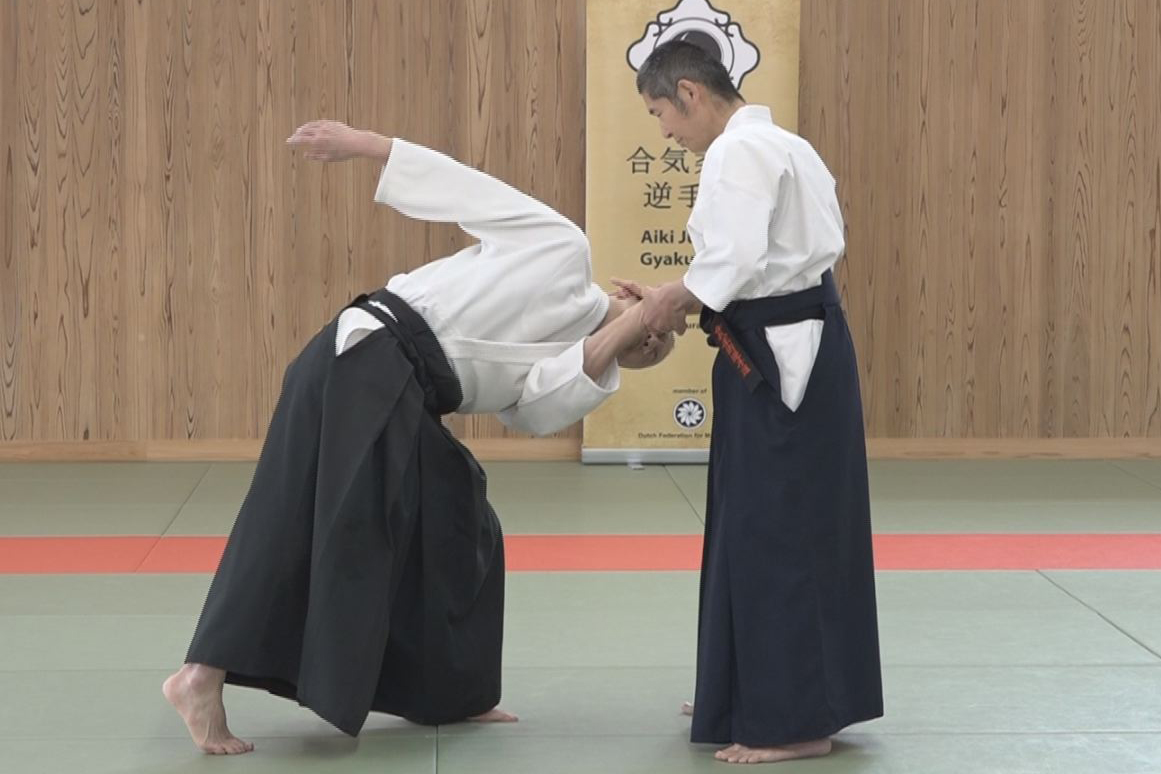
【AIKI Web Course Part 2】Lesson 17 Advanced tech. using AIKI Contact #1
-
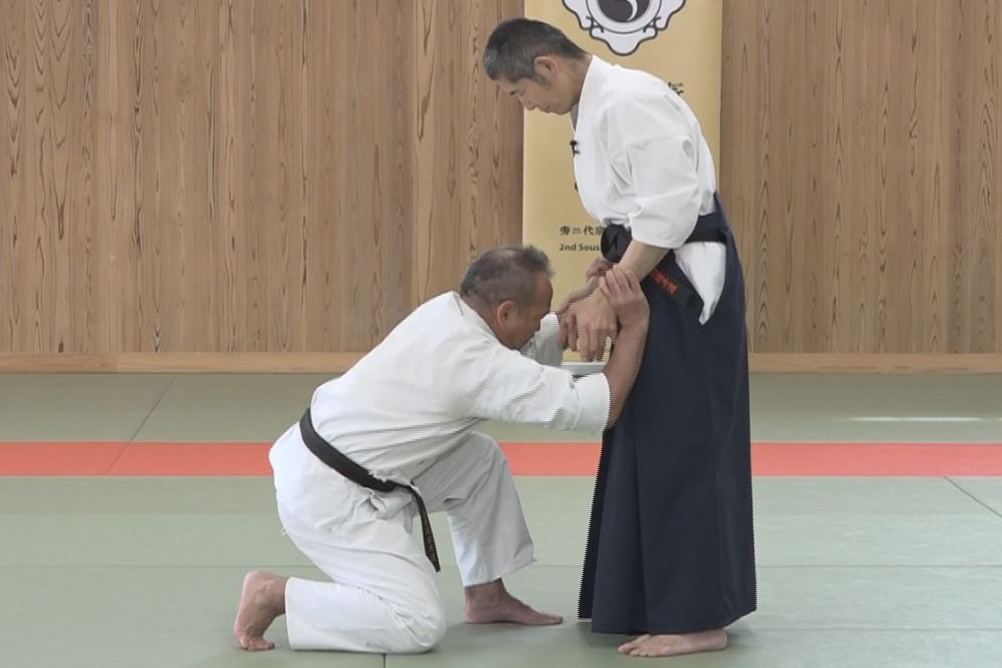
【AIKI Web Course Part 2】Lesson 16 Advanced tech. by Undetectable F.T. #2
-
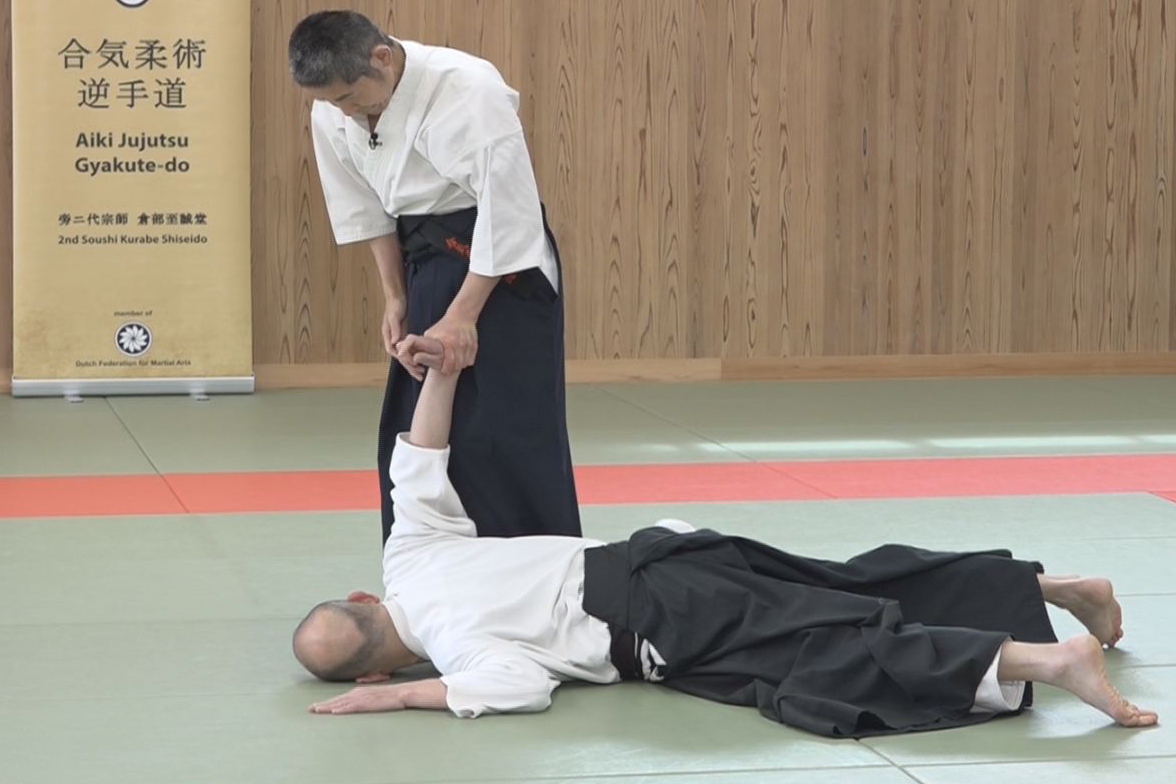
【AIKI Web Course Part 2】Lesson 15 – Advanced tech. by Undetectable F. T. #1
-

【AIKI Web Course Part 2】Lesson 14 – Advanced tech. by the Waving method #2
-
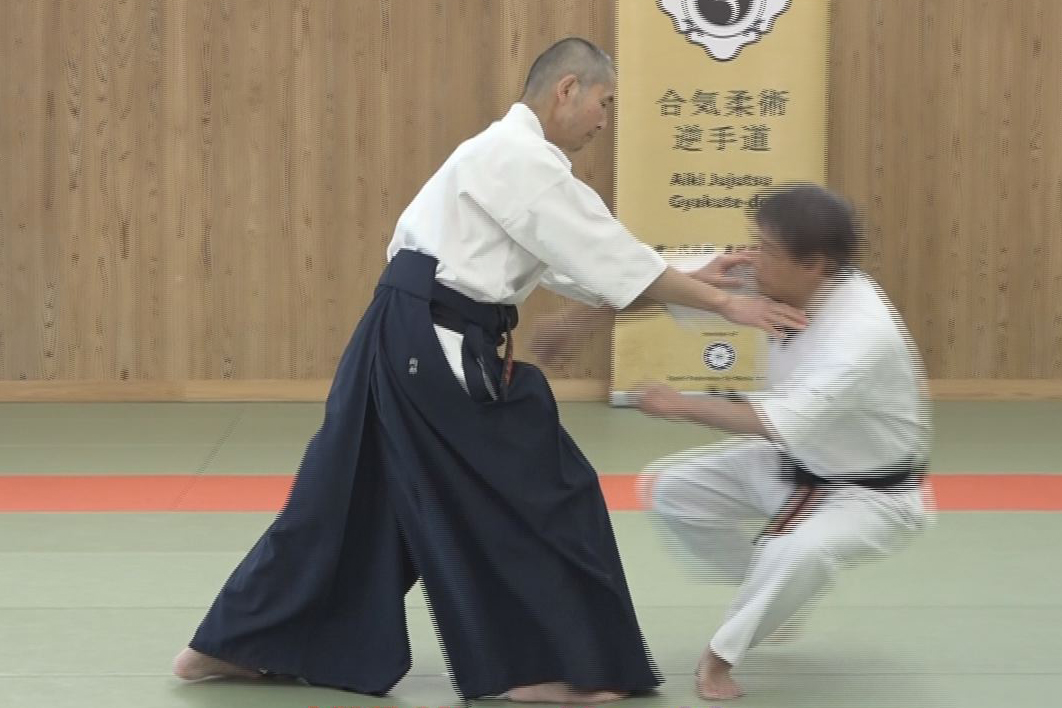
【AIKI Web Course Part 2】Lesson 13 – Advanced tech. by the Waving method #1
-
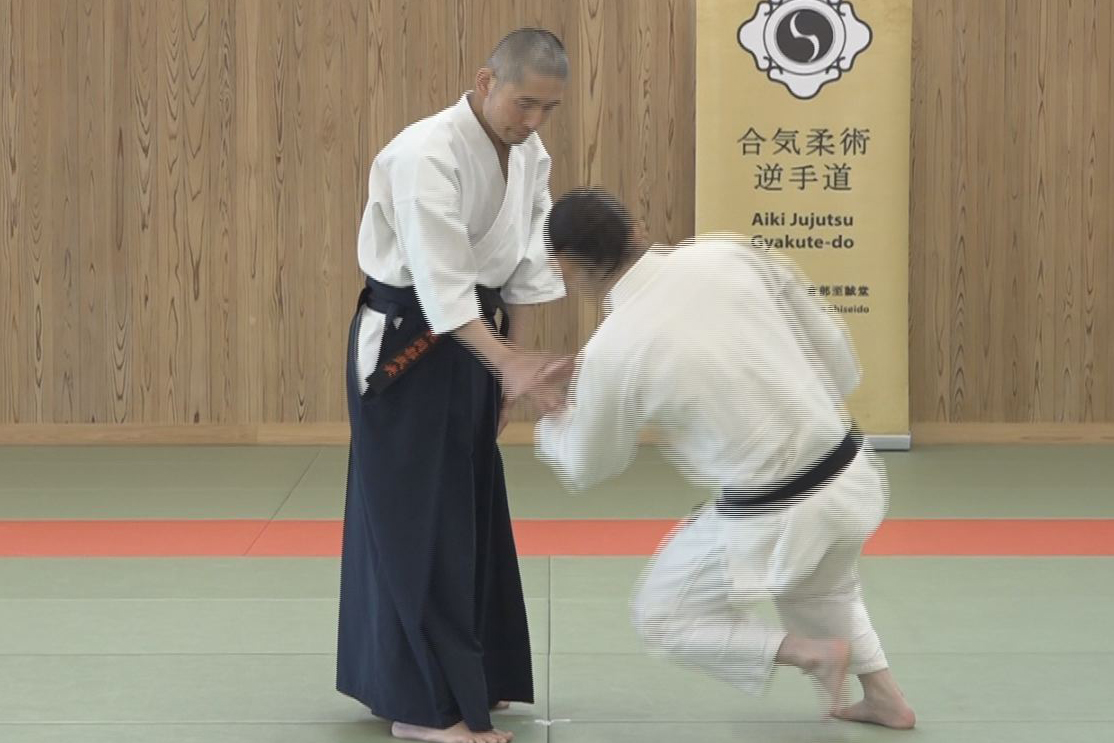
【AIKI Web Course Part 2】Lesson 12 – Gyaku-te by not Using Force nor AIKI
-
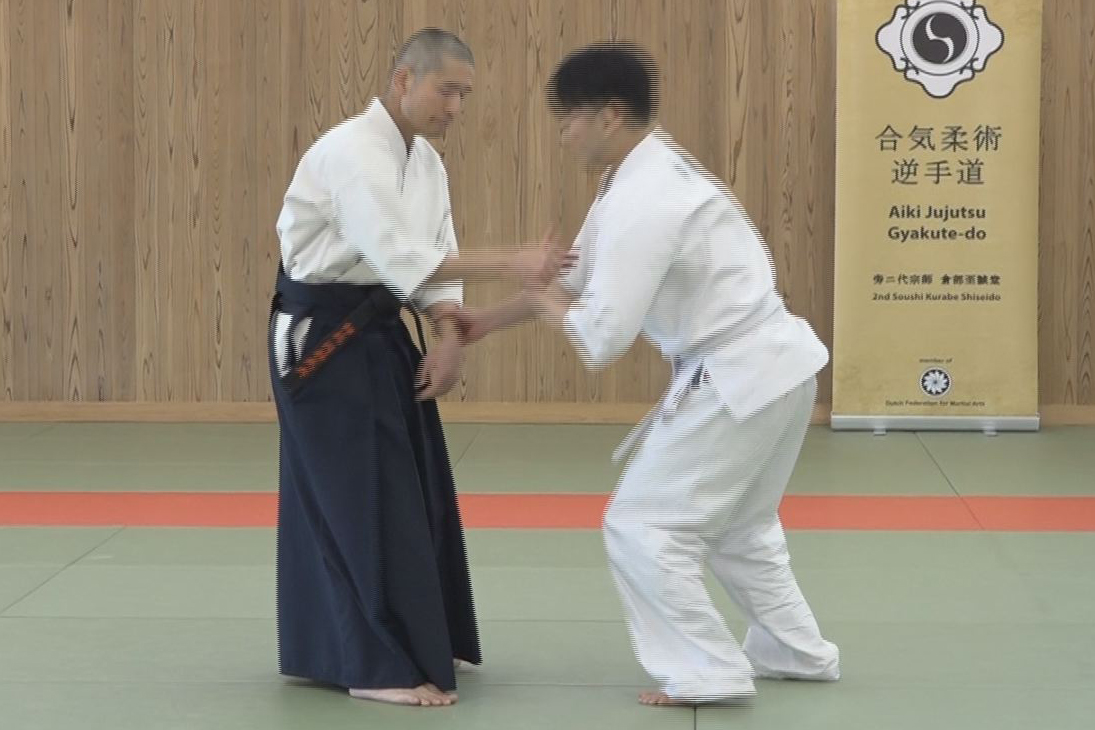
【AIKI Web Course Part 2】Lesson 11 – Gyaku-te Realized by the AIKI Method
-
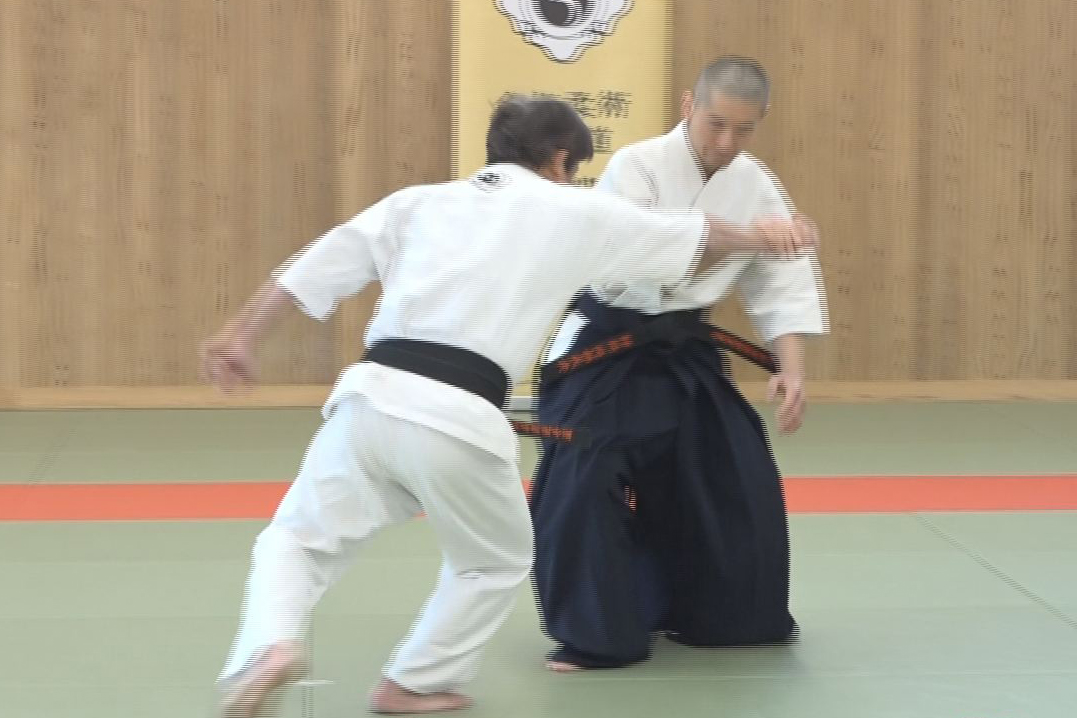
【AIKI Web Course Part 2】Lesson 10 – Application of Force Equilibrium method
-
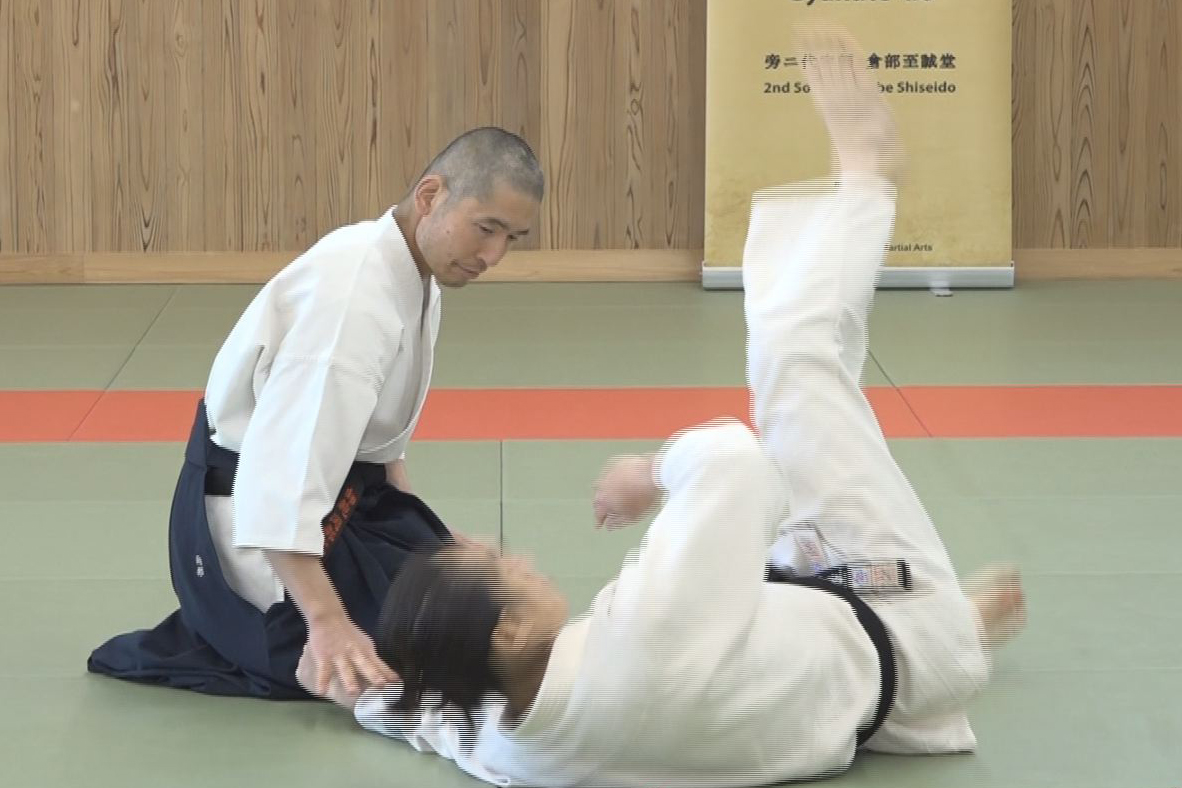
【AIKI Web Course Part 2】Lesson 9 – Force Equilibrium
-
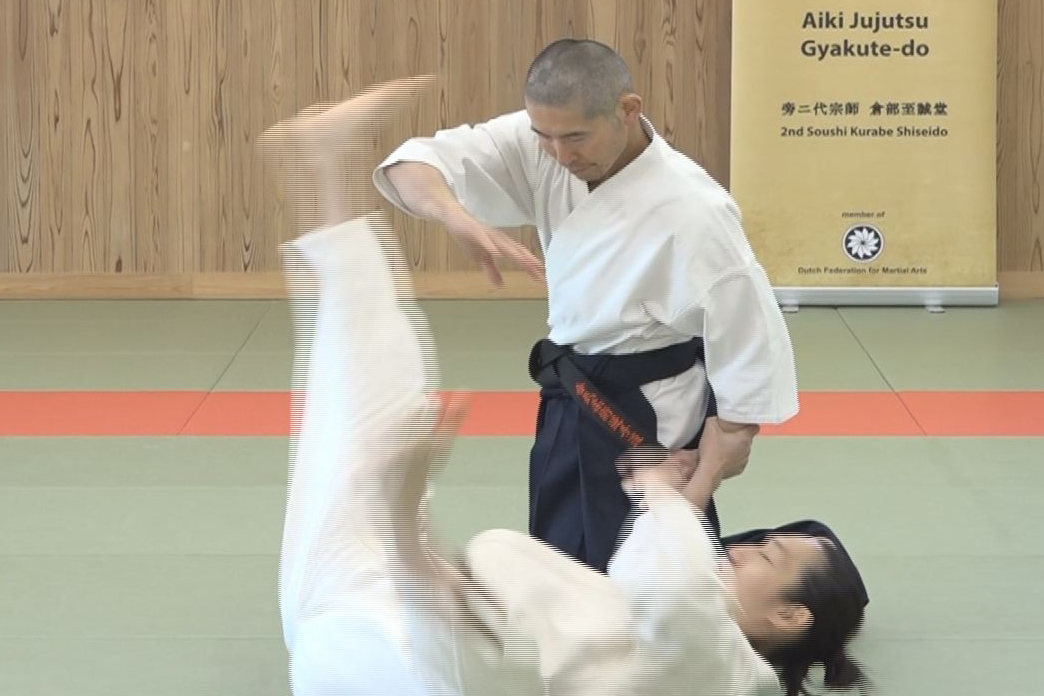
【AIKI Web Course Part 2】Lesson 8 – Application of Targeted Force Transfer
-
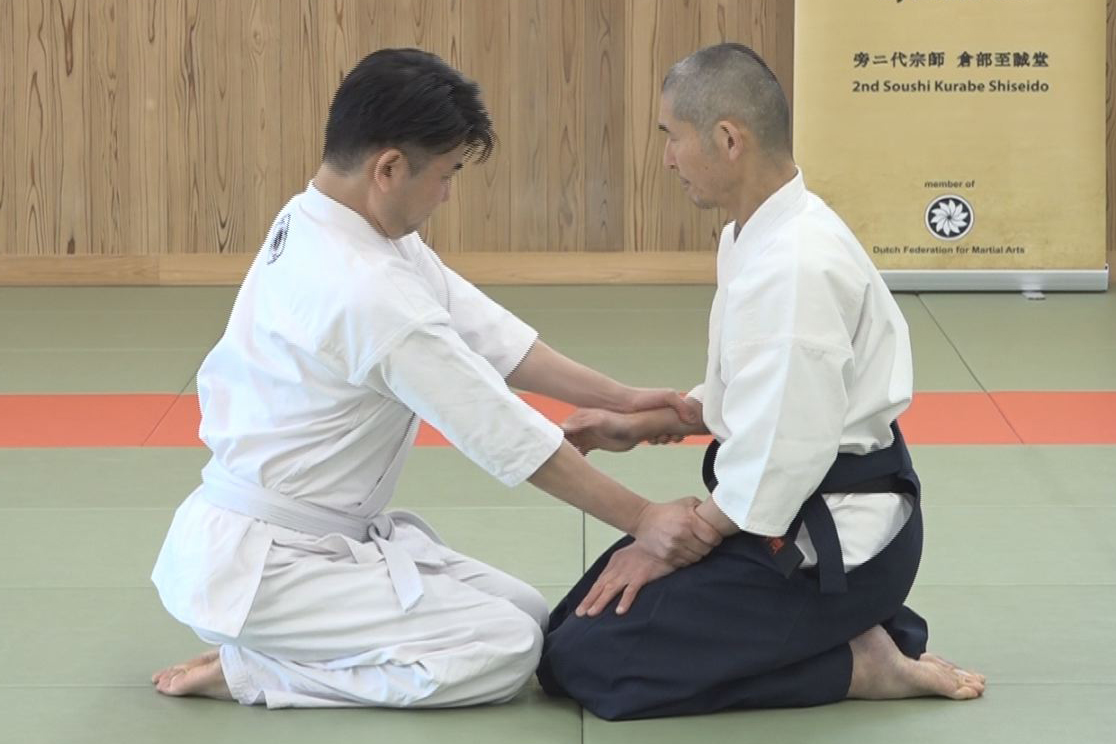
【AIKI Web Course Part 2】Lesson 7 – Targeted Force Transfer
-

【AIKI Web Course Part 2】Lesson 6 – Application of AIKI Connection
-
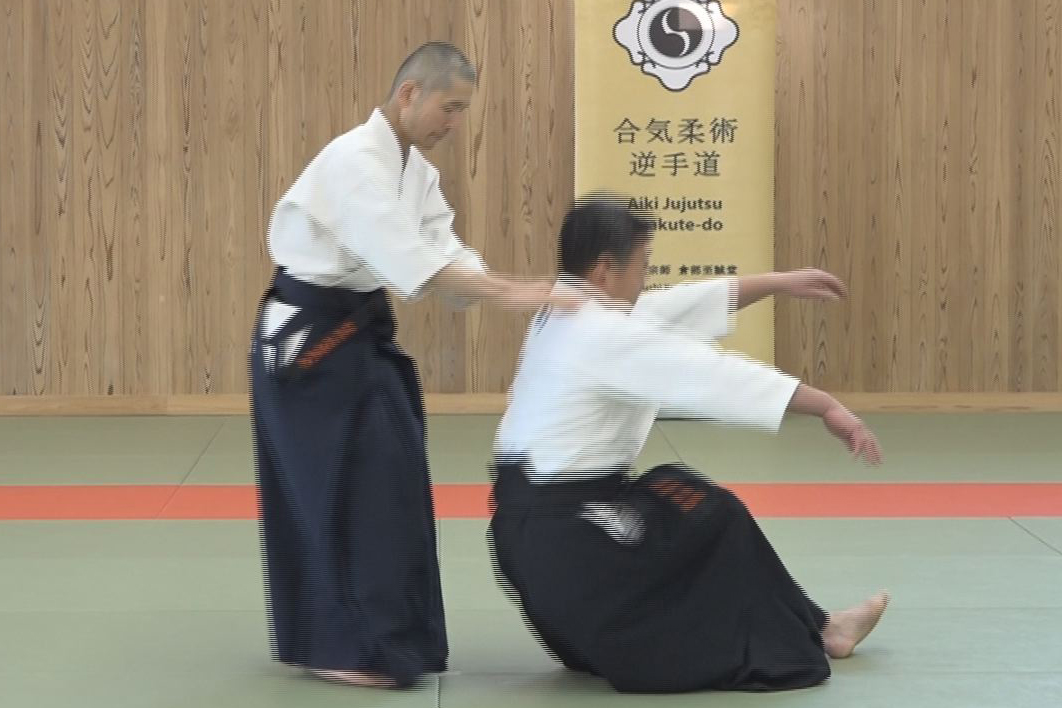
【AIKI Web Course Part 2】Lesson 5 – AIKI Connection
-

【AIKI Web Course Part 2】Lesson 4 – Application of Nondetectable Force Transfer
-
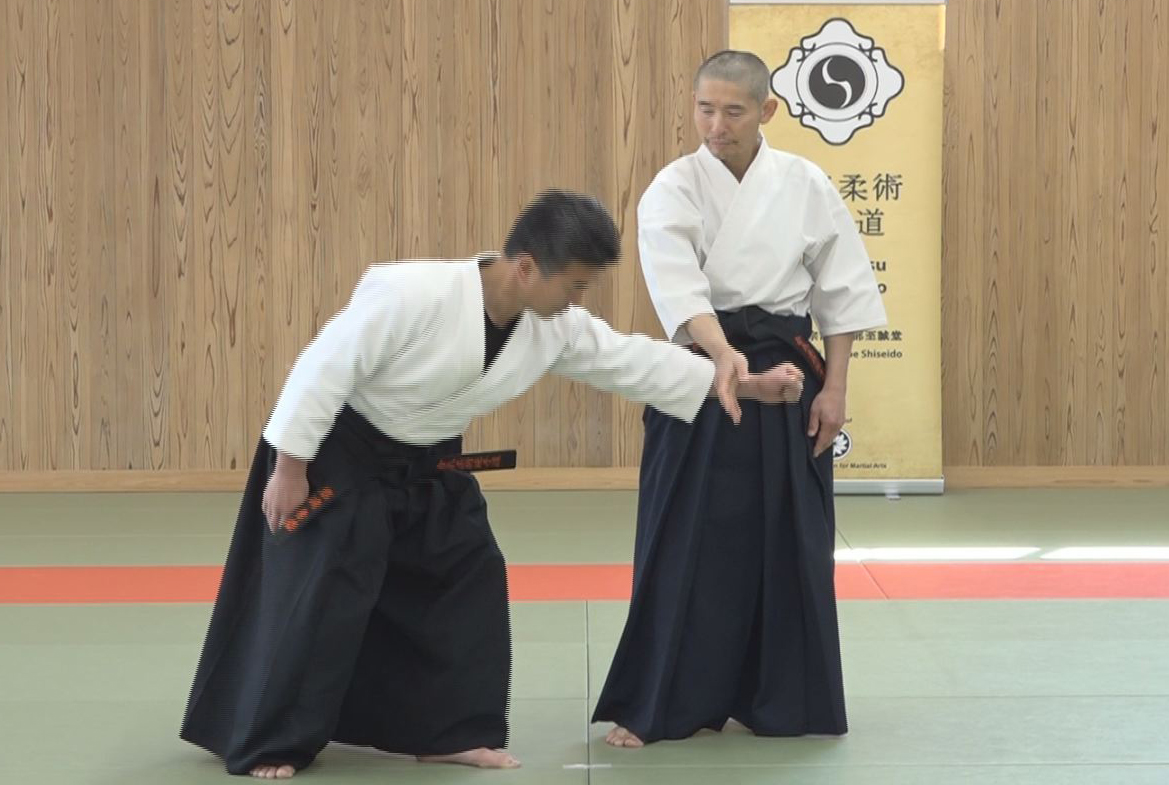
【AIKI Web Course Part 2】Lesson 3 – Explanation of Undetectable Force Transfer
-
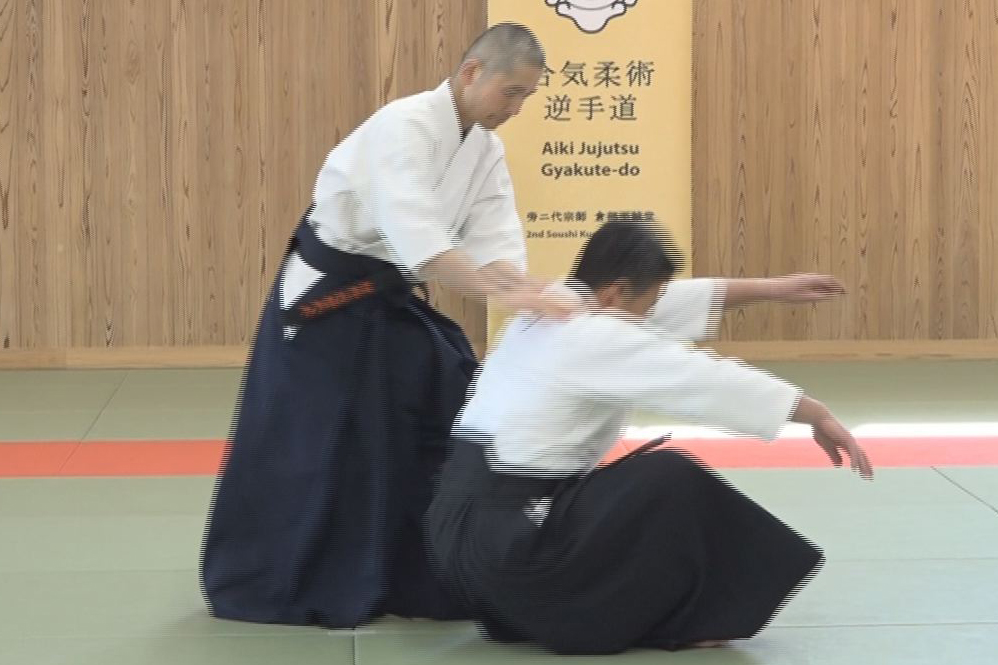
【AIKI Web Course Part 2】Lesson 2 – Application of Waving Method
-

【AIKI Web Course Part 2】Lesson 1 – The Explanation of Waving Method
-
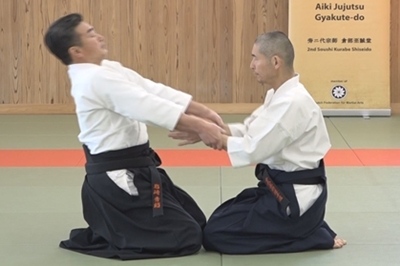
【AIKI Web Course Part 2】Introduction with video


